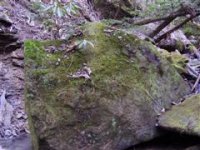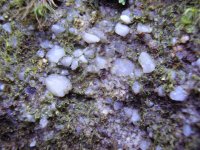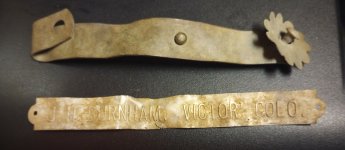swiftseeker2005
Greenie
Greetings all. While exploring awhile back, I found a deep gorge that had a huge rock (5ft tall) in the creek bed. It was the only rock of its type that I found in that area. I was wondering if anyone could identify its type and maybe offer a theory on how it arrived there (glacier maybe?). Any info appreciated.






